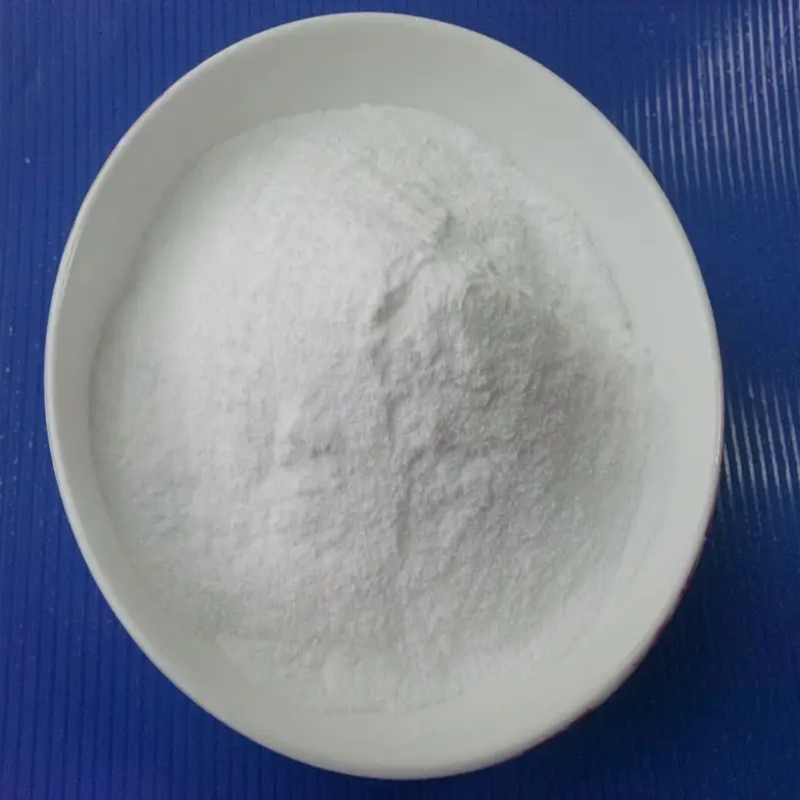-
Categories
-
Pharmaceutical Intermediates
-
Active Pharmaceutical Ingredients
-
Food Additives
- Industrial Coatings
- Agrochemicals
- Dyes and Pigments
- Surfactant
- Flavors and Fragrances
- Chemical Reagents
- Catalyst and Auxiliary
- Natural Products
- Inorganic Chemistry
-
Organic Chemistry
-
Biochemical Engineering
- Analytical Chemistry
- Cosmetic Ingredient
-
Pharmaceutical Intermediates
Promotion
ECHEMI Mall
Wholesale
Weekly Price
Exhibition
News
-
Trade Service
Organoids technology is an innovative technology for cell culture that uses three-dimensional (3D) culture to form tissue analogues
with spatial structures and partial functions similar to real organs.
Organoids are a major technological breakthrough, which has become a hot research technology in recent years, reported by major top journals, and has great application value
in disease modeling, drug screening, precision medicine, organ development, regenerative medicine and other fields.
At present, there are many types of organs that have been realized in organoid culture, including intestine, kidney, brain, liver, lung, skin, prostate, pancreas and retina
.
Figure 1: Bioengineering breaks through the existing organoid bottleneck and forms the next generation of organoids[1]
Although organoids have a wide range of application prospects, technology has only developed intensively in the past ten years, so many scholars believe that organoids will face many challenges in order to truly carry out clinical applications, including organ maturity, consistency, acquisition (that is, the possibility of scale-up production) and clinical-level operation processes
of organoids.
The use of bioengineering technology is a breakthrough in the development of next-generation organoids [1-3].
As shown in Figure 1, these engineering methods include bioreactors (a), controllable 3D biomaterials (b), 3D printing (e), organ-on-a-chip (f) and so on
.
Figure 2: Organoid types promoted by some of the adopted bioreactors for culture[2]
For organoids derived from pluripotent stem cells (iPSCs), bioreactors are a technical strategy that can break through the complexity of artificial culture operations, promote organoid maturation, and improve organoid preparation capacity and homogeneity [2-4].
Stirred bioreactors have been used earlier in iPSCs for embryonic body formation and differentiation of three germ layers [3,4], and in recent years, researchers have used stirred reactors to promote the maturation of different organoids (Figure 2) [2].
Studies have shown that the structural complexity and functional maturity of organoids are related to the size of organoids, and larger organoids can form more complex structures, usually ranging from 200mm to 4mm
.
However, the larger the organoid, the problem of providing sufficient nutrients and oxygen to the cells inside the organoid, while the use of dynamic culture systems, such as bioreactors, can provide sufficient exchange of nutrients and oxygen, promoting the maturation and maintenance of large-volume organoids [4].
The following are several studies
on the preparation of organoids using stirred bioreactors.
-01 - Brain organoids
In 2013, Lancaster published groundbreaking research in Nature reporting on organoids with coexisting but well-defined different brain regions, which was also the first work to model human cases using brain organoids [5].
Pluripotent stem cells are first cultured in EB form, induced differentiation into neuroepithelial tissue for culture, and then the neuroepithelial tissue is embedded in Matrigel, and then transferred to a stirred reactor for culture after 4 days of static culture, in this way, 4mm organoids with effective reproduction of brain structure can be
obtained.
Figure 3: Culture of brain-like organs by stirred reactor[5]
In 2016, Qian et al.
published a Cell article describing the use of micro-stirred bioreactors to cultivate organoids in single brain regions, such as forebrain regions, midbrain regions, hippocampal organoids, and use them for Zika virus infection research through the addition of different induction differentiation media [6].
The team later published a Nature Protocol on how to use micro-bioreactors for the culture of brain-like organs, which states that the culture time of more than 200 days can be achieved through microreactors
.
Figure 4: Microreactors for the formation of forebrain, midbrain, hindbrain, hippocampal organoids [6]
In 2019, Velasco published a Nature article that also used stirred bioreactors to build brain-like organs
.
Through single-cell sequencing technology, the researchers found that after 3-6 months of culture, the cell diversity of brain-like organs was significantly improved and similar to the cell components of the human embryonic cerebral cortex, and the formation process of cell types between individual brain-like organs was accurate and reproducible
.
Figure 5.
Cell diversity of brain-like organs and human cerebral cortex is similar and stable reproduction between individual organoids [7]
-02 - Retinal organ
The classical retinal organoid culture method was published in Nature by Eiraku et al.
in 2011, and the retinal organoid culture method basically followed the suspension culture form
in the following years.
In 2018, Ovando-Roche et al.
published research
on the application of stirred reactors for retinal organ culture.
Their experiments showed that the use of bioreactors improved the structure of laminar flow stratification of retinal organs and increased the production of photoreceptor cells with cilia and neonatal exoganglia-like structures [8].
Furthermore, it was found that the use of bioreactor culture reduced apoptosis of organoids and promoted cell proliferation
.
They say the stirred reactor will hopefully speed up the culture of retinal cells for practical clinical applications
.
Figure 6.
Stirred bioreactors promote the production of retinal organs[8]
-03 - Hepatogeneous organs
In the same year as Lancaster's publication of brain organoids, Baharvand's group published research results using stirred bioreactors to induce the differentiation of pluripotent stem cells into hepatomorphic cells [9].
In 2020, the research results of hepatogeneous organs were published, and it was found that the dissolved oxygen content in the culture system can regulate the differentiation of pluripotent stem cells into hepatogeneus organs [10], and by controlling the dissolved oxygen content at 20-40%, it can promote the differentiation of pluripotent stem cells into the endoderm and further control at 30%, which can effectively differentiate into hepatooid organs
containing red blood cells and functional liver cells.
Figure 7.
Controlling the amount of oxygen solubility by stirring the reactor can regulate the formation of hepato-like organs[10]
-04 - Kidney-like organs
In 2018, Przepiorski et al.
used a simple, inexpensive, and easy-to-use method of cultured kidney-like organs in a study published in Stem Cell Reports [11].
In this method, pluripotent stem cells were cultured in embryoid form for 8 days to form tubular structures, transferred to a 125mL stirred reactor and cultured for 26 days, and the optimal tissue morphology
was shown on day 14.
By comparison with fetal human kidneys, data suggest that day 14 organoid tissue is most similar
to late capillary loop stage kidneys.
This protocol provides a rapid, efficient, and cost-effective method for generating large amounts of human fetal kidney tissue
.
Figure 8.
A simple culture method for embryoid bodies and kidney-like organs using stirred reactor suspension to culture pluripotent stem cells[11]
-05 - Concluding remarks
Stirred bioreactors have shown application value in some organoid types, helping the development of
organoid technology.
More researchers in this emerging field hope to explore, learn from, and integrate mature biotechnologies to promote the transformation and application of organoids, but how to expand the application of stirred bioreactors to more organoid types still needs more exploration
.
Because organoid culture is not easy and expensive, and traditional stirred reactors are large, it is not easy
to use widely in the early stages of research.
Micro-stirred reactors developed by Qian and others will be an innovative research tool
to promote more researchers to explore the combination of bioengineering technology and organoid technology.
The reactor developed by Qian and others has not yet been officially put on the market, and although the system is small, it cannot be automatically controlled, and a reactor can only verify a set of experimental conditions
.







